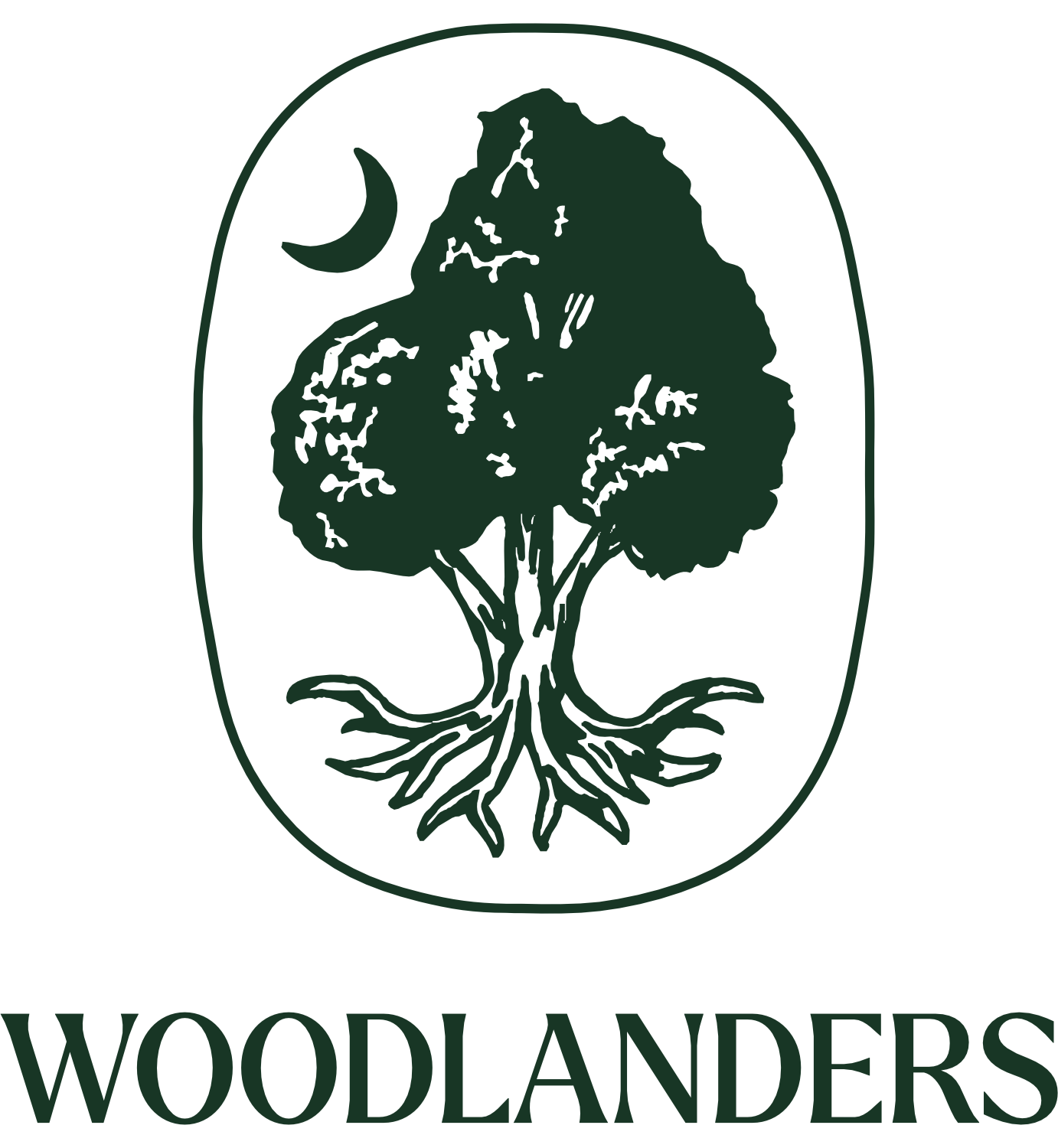
In recent years, the gardening world has witnessed an exciting shift—a movement that marries aesthetics with function, sustainability with indulgence. Enter the era of edimentals, a clever fusion of "edible" and "ornamental." These are plants that offer more than just good looks; they are as practical as they are picturesque, feeding both the gardener’s soul and stomach.
Whether you’re a seasoned horticulturist, a casual home gardener, or a culinary enthusiast looking to enhance your outdoor space, edimentals provide a perfect balance between form and function. Let’s explore what makes these plants so special, how to incorporate them into your landscape, and which varieties stand out as must-haves.
The Beauty of Edimentals: Why They Matter
Traditionally, ornamental gardens and edible landscapes were treated as separate entities. Flower beds showcased aesthetic beauty, while vegetable patches were more utilitarian. But why should we choose between a beautiful space and a functional one? Edimentals challenge this notion, proving that gardens can be both breathtaking and bountiful. An extra step here is the inclusion of medicinals - though "Medicimentals" has less of a ring to it...
By integrating edimentals into your garden design, you can:
-
Maximize Space: Dual-purpose plants mean you get more out of your garden, particularly in urban or small-space settings.
-
Support Pollinators: Many edible plants produce vibrant flowers that attract bees, butterflies, and other beneficial insects.
-
Enhance Self-Sufficiency: Growing your own food is a rewarding step towards sustainability.
-
Encourage Culinary Creativity: Fresh, homegrown ingredients elevate everyday cooking, providing both nutrition and flavor.
Designing an Edimental Landscape
Merging edimentals into an existing landscape requires an artistic approach. Here are a few ways to seamlessly blend edible plants into a visually stunning garden:
1. Layering for Structure and Interest
Incorporate different heights and textures to create a dynamic and visually engaging space. Taller plants like fruit trees and climbing vines can form a canopy, mid-level shrubs can provide structure, and low-growing herbs and leafy greens can serve as lush ground covers.
-
Upper Canopy: Fig trees (Ficus roxburghii is Woodlanders' best seller), Persimmons (Diospyros virginiana), and Pawpaws (Asimina triloba)
-
Mid-Level: Elderberry (Sambucus canadensis), Blueberries (Vaccinium spp.), and Pomegranate (Punica granatum)
-
Ground Cover: Alpine Strawberries (Fragaria virginiana), Nasturtiums (Tropaeolum majus), and Wild Garlic (Allium ursinum)
2. Mixing Colors and Textures
Pair edible plants with striking foliage and blossoms to enhance aesthetic appeal. For example:
-
Red-veined Sorrel (Rumex sanguineus) adds dramatic burgundy streaks to garden beds.
-
Purple Basil (Ocimum basilicum ‘Dark Opal’) provides deep contrast alongside silver-foliaged Lavender (Lavandula spp.).
-
Swiss Chard (Beta vulgaris) with vibrant red, orange, and yellow stems creates a lively burst of color.
3. Using Edibles as Borders and Accents
Ditch the boxwood hedges and plant rosemary or thyme as a fragrant, low-maintenance border. Or, let curly kale frame your flower beds, providing both structure and harvestable greens.
4. Vertical Gardening for Maximum Impact
Espaliered fruit trees, climbing beans, and vining squash can add height to a garden while saving space. Try growing Passionfruit (Passiflora incarnata) or Hops (Humulus lupulus) on trellises for a lush, edible wall.
Top Edimental Plants to Grow
1. Daylilies (Hemerocallis spp.)
Often planted purely for their showy flowers, daylilies also offer an edible bonus. The young shoots, flower buds, and even tubers are delicious in stir-fries and salads.
2. Scarlet Runner Beans (Phaseolus coccineus)
With stunning red blossoms and edible beans, these climbers bring a pop of color and a reliable source of protein.
3. Society Garlic (Tulbaghia violacea)
Not only does it deter pests with its garlicky scent, but its leaves and flowers add a delicate garlic flavor to dishes.
4. Fennel (Foeniculum vulgare)
This feathery perennial offers both anise-flavored bulbs and edible flowers, all while attracting pollinators.
5. Pineapple Guava (Feijoa sellowiana)
The striking silver-green foliage and edible, tropical-flavored fruit make this shrub a star performer.
Final Thoughts: The Future of Gardening is Edimental
The concept of edimentals represents more than just a trend—it’s a movement toward sustainable, functional, and visually stunning gardening. Whether you’re integrating a few ornamental edibles into an existing landscape or designing a full-fledged foodscape, these plants create an immersive and rewarding gardening experience.
By embracing the philosophy of edimentals, we not only enhance our gardens but also our connection to the land, our health, and the wildlife around us. So why not rethink your garden this season? Let beauty and bounty go hand in hand!
Ready to Start? At Woodlanders, we specialize in unique and rare plants, including many that fit seamlessly into an edimental garden. Browse our selection and start creating a landscape that is as nourishing as it is enchanting!





